Hackster user makeTVEE put together a great looking Christmas tree using WS2812 LEDs.
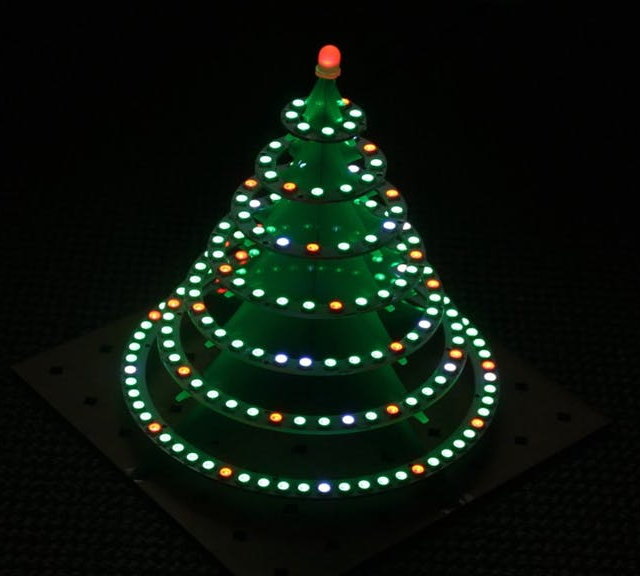
The video highlights some of the LED animations such as two color rotation, full tree rainbow, random color shift, and sparkles. Very nice.
|
||
|
Shopping Cart
|
| Home | Products | Teensy | Blog | Forum |
Hackster user makeTVEE put together a great looking Christmas tree using WS2812 LEDs.

The video highlights some of the LED animations such as two color rotation, full tree rainbow, random color shift, and sparkles. Very nice.
The Firebrand Forge has created an open source FX board (Kickstarter) for light sabers and other props.
UPDATE: This board appear to now be available on Tindie.


The ENCHANT board is a light and sound controller with an accelerometer and gyroscope. It’s compact size makes it ideal for props, like light sabers, and wearables.
This video shows the light saber in action.
The rewards in their Kickstarter campaign include levels from an ENCHANT board, an ENCHANT wearable skirt, and multiple light sabers.
Zach Fredin made a cochlea prototype – a human ear response for NeuroBytes neuron simulator system.
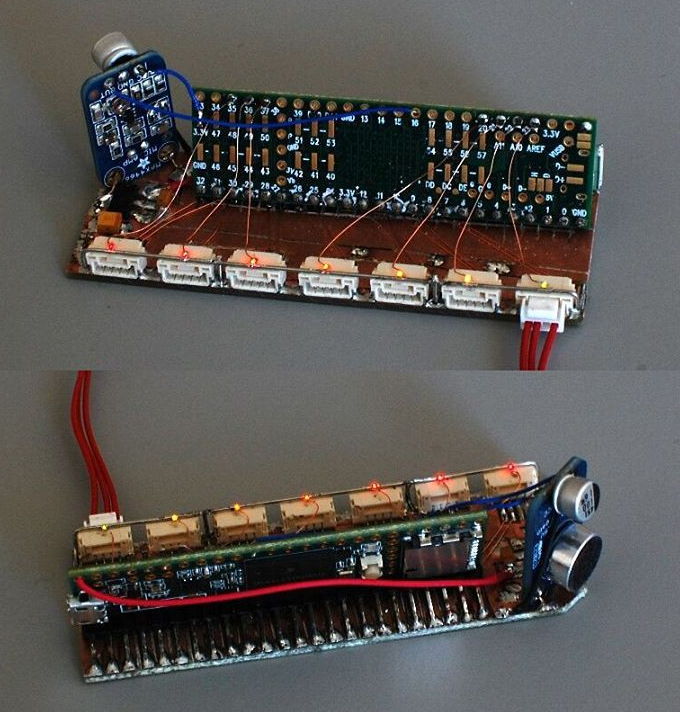
This video shows the prototype in action.
NeuroBytes are hands-on electronic neuron simulators that allow individuals to learn about the brain while physically building their own neural circuits, synapse by synapse.
Neuro Tinker has a Kickstarter in process for their NeuroBytes system. The system is made up of modular neuron simulators that allow the user to build and simulate their own electronic brain.
NeuroBytes are fully open sourced, All source files – schematics, PCB Layout, firmware, etc – are available and shared freely.
Forum user bigpilot made a DIY alarm clock, complete with auto daylight savings time adjustment.
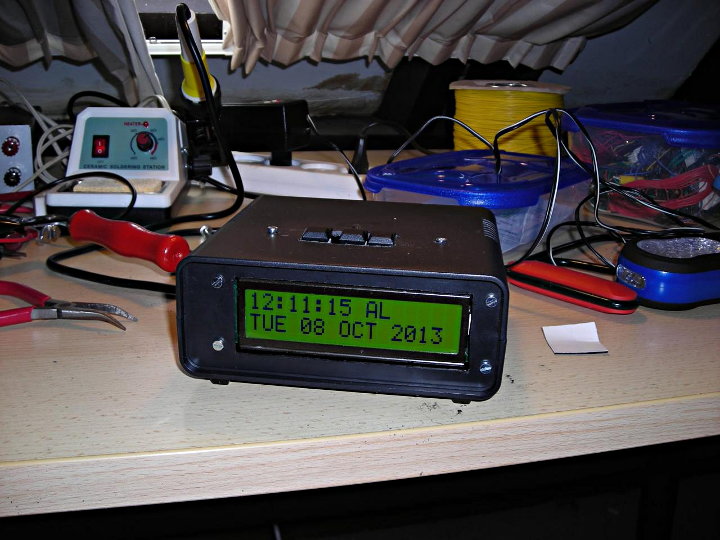
The schematic and source code for the project can be found in this forum thread.
Allen Huffman used a Teensy 2.0 as an interface between arcade joysticks and an iPad.
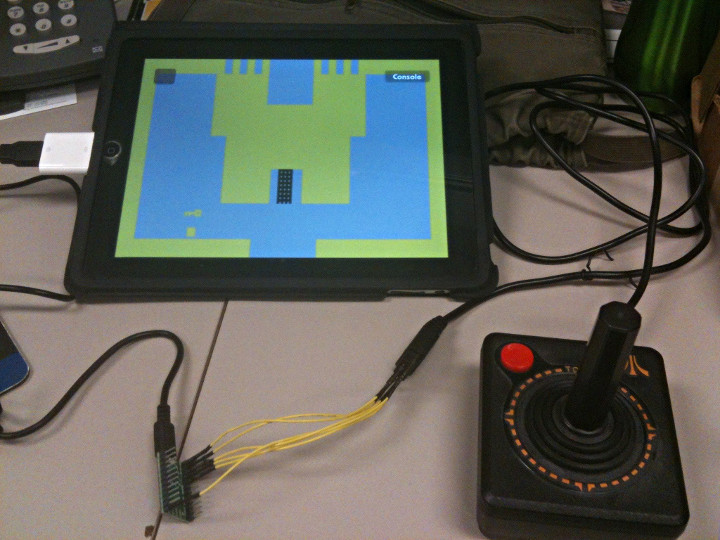
The project came about when he was having difficulty getting an expensive input board to work in a haunted house attraction. When he discovered that the iCade keyboard commands worked over a USB connection, he figured he could use an Arduio board and hood the USB side to an iPad and create his own interface. With a bit of research he got his project up and running.
Be sure to check out his forum post for details on how the project came about. The code for the project is available on GitHub.
David Guerrero made his own arcade table for playing Simon.
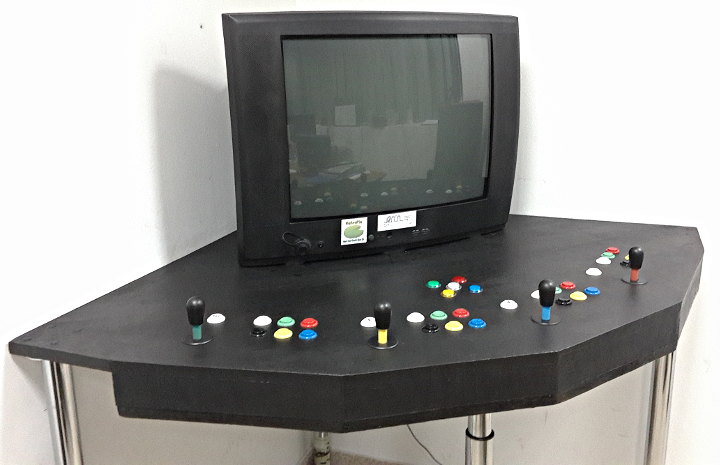
This video shows a demo of the game play.
While he used genuine arcade joysticks and a vintage CRT display, it was still lacking in authenticity. The risk of a $0.25 loss was missing. Since emulators basically allow unlimited lives, taking away the gamble of a valuable coin, David disabled that feature and created a little challenge that must be won to add more coins/lives.
The code and many other details about the project (like how to obtain the valuable game play credits) are available on GitHub.
Mario the Maker Magician made a Robot Bunny that can be magically pulled out of a hat.
The bunny is made from flexible PLA. LED Matrixes were used for the eyes and a couple of servos were used for the paws.
Mario said the what he learned most from the project was how to multi-task with the Arduino platform – taking the delay function out of his code, but still being able to control 7 LEDs and make 2 servos work at the same time. The size of the Teensy was perfect for this magical bunny.
Fuzzy-Wobble published an Instructable for a Meme Video Alarm Clock. This custom clock plays a video of your choice for the alarm, but of course the “Wake Up Wake Up” clip featured in the video makes for a pretty awesome alarm.
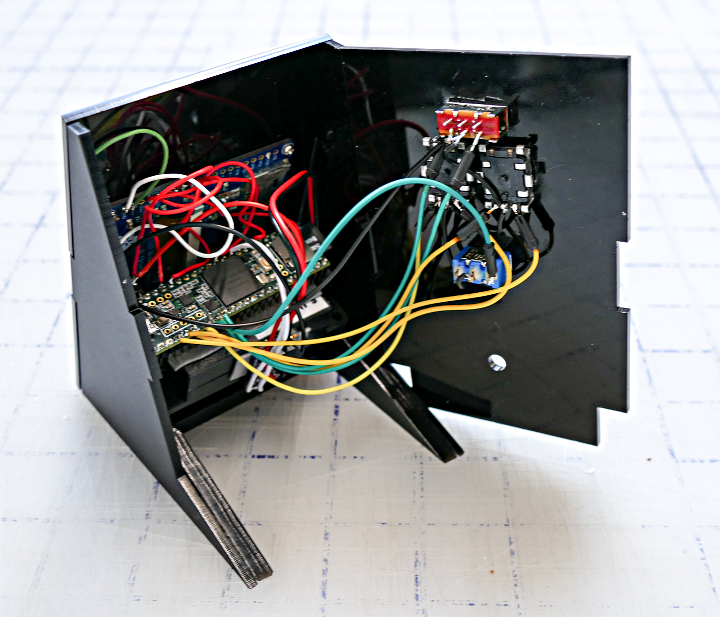
The Instructables page provides all the code and instructions for making your own, including instructions on formatting your own custom video and the files for laser cutting the enclosure.